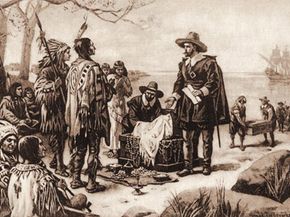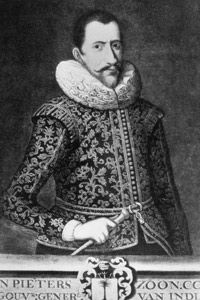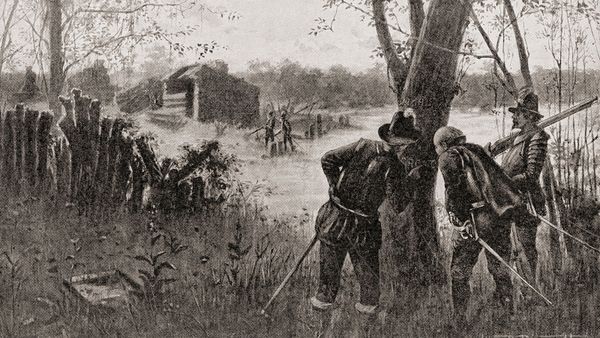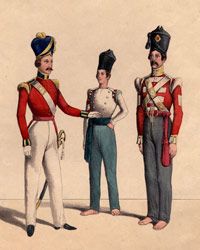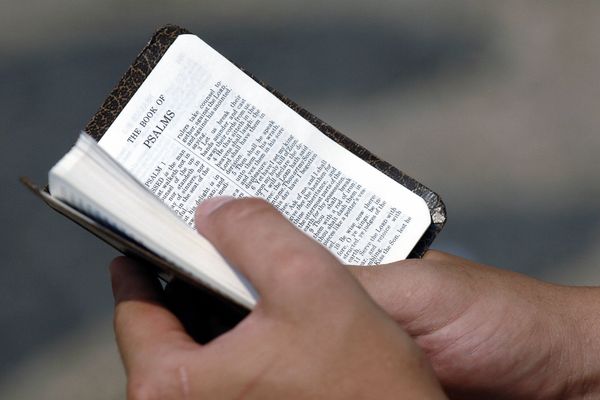The race was on during the 15th century's Age of Exploration. In the Middle Ages, Europeans imported spices and other valuables from the East via land trading routes that extended through the Middle East. However, in 1453, the Ottoman sultan Mehmed II launched a two-month siege that was successful in taking over the Byzantine capital city of Constantinople. He then blocked Europeans from accessing traditional trade routes. This drove European powers to find alternate outlets.
In the subsequent scramble for sea routes, two watershed moments particularly stand out: when Christopher Columbus stumbled on America in 1492, and when Vasco Da Gama rounded the Cape of Good Hope to reach India in 1497. After da Gama returned with a ship teeming with spices, it helped solidify Portugal's dominant position as the unrivaled European trading power in the East throughout the 16th century.
Advertisement
However, by the beginning of the 17th century, both the Dutch and the British broke into the Eastern trade business and emerged as forces to be reckoned with. The Dutch were the first major threat to the Portuguese with their Vereenigde Oost-indische Compagnie (VOC, Dutch East India Company). Their British rivals trailed at first, but their East India Company (EIC) slowly became more powerful.
Meanwhile, both the Dutch and British had their eyes on the West as well -- there was money to be made off the valuable fur trade there. Although their exploits in the East and West seem to have little to do with each other, the two trading powers clashed in both places. As a result, land was swapped, fortunes reversed and fates changed in surprising ways.
One of the most fascinating tales of this era has to do with the island of Manhattan, which changed hands rather flippantly. Interestingly, no one even lived there until the Dutch sought control of it. Ultimately, the fate of this future metropolis hinged on the spice we sprinkle atop our Christmas eggnog: nutmeg.
Advertisement

